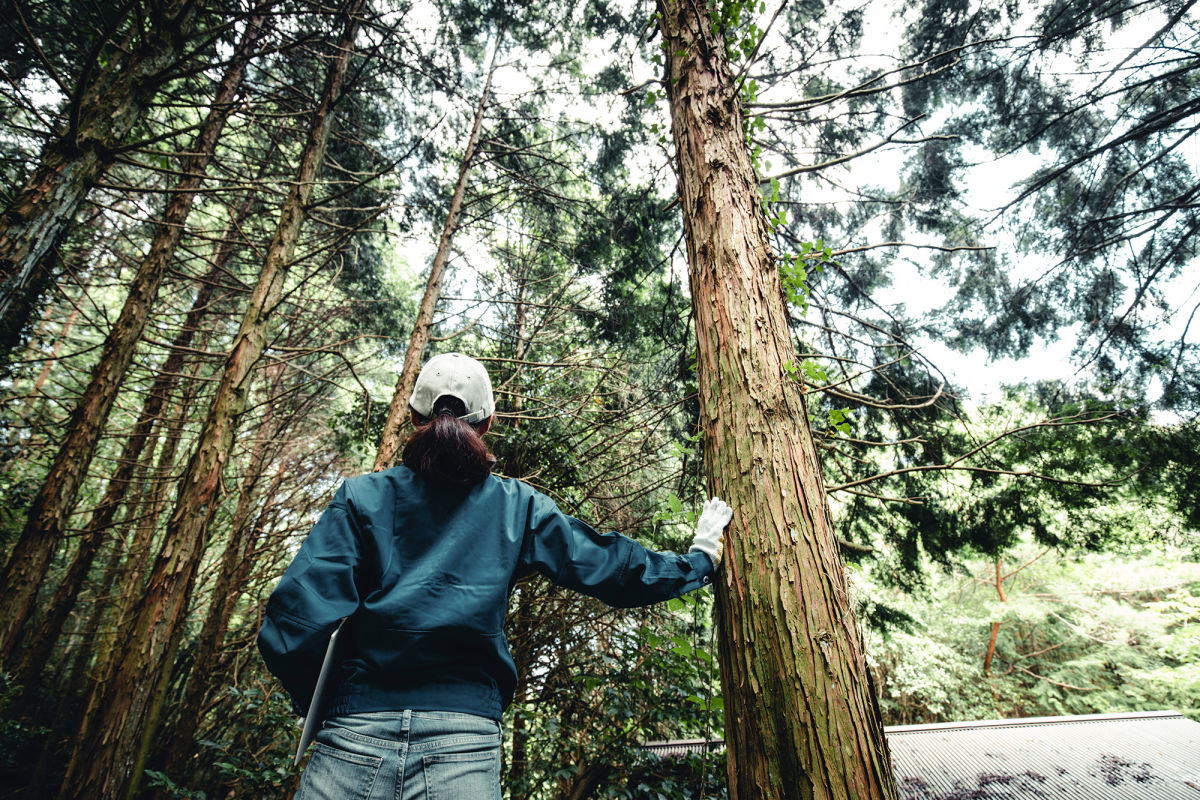The Carbon Markets Are Calling For Higher Quality Carbon Credits: America’s Family Forests Are Answering

The stakes are only getting higher in the race to find solutions to reduce and capture carbon emissions and fight climate change.
Forests and forest products, the world’s oldest carbon capture technology, capture and store nearly 13% of our country’s annual greenhouse gas emissions. If mobilized successfully, the U.S. forestry sector could double its capacity to capture and store carbon by 2030. There is no path to mitigating climate change that doesn’t involve substantial forest-based solutions.
We know that actions in our forests, such as changing management approaches to enable trees to grow healthier, removing invasive species, planting trees on abandoned pastureland, and the use of long-lived forest products, can have significant carbon capture and storage benefits while also benefiting forest health and productivity, biodiversity, and rural communities and economies.
We are dedicated to building the highest quality carbon credit from family forests while supporting thousands of landowners in improving their forest health and legacy for generations to come.
Voluntary carbon markets are fast emerging as a critical path to financing these kinds of forest climate actions. Through these markets, corporations can achieve their net zero goals by purchasing carbon credits from entities that reduce or remove carbon emissions from the atmosphere.
Yet there are real concerns about whether forest carbon credits generated from forest climate actions have the impact they claim. Forest carbon credits aren’t as straightforward as putting carbon into an underground vault like carbon capture technologies. And there are significant barriers to this carbon market for thousands of family forest owners, who own nearly 40% of U.S. forests and have outsized opportunities to capture and store more carbon.
But we can’t throw the baby out with the bathwater – the stakes are too high. If we get this right, there is an incredible opportunity to provide significant climate action and enable corporations to invest in our forests, while protecting those birds we love to watch and the life-giving water we all drink, and supporting rural landowners and communities that are often left out of the climate conversation.
That’s why AFF’s new strategic direction takes this work head-on: we are dedicated to building the highest quality carbon credit from family forests while supporting thousands of landowners in improving their forest health and legacy for generations to come. Our goal? Work with family forest owners from all walks of life to capture and store one billion tonnes of carbon by 2050.
In just the short time since we launched the Family Forest Carbon Program, which aims to address these challenges and enable family forest climate action, we’ve learned a ton that informs our next chapter.
So how will we do this? We have an ambitious to-do list for the next few years:
First, we aim to produce the highest quality forest carbon credit on the market. We’ve pioneered a carbon accounting methodology that directly addresses the concerns of quality and credibility that so many carbon credit projects struggle with. Our methodology uses real time data, not models, to compare carbon on lands enrolled in our program to similar neighboring lands. And we only claim carbon credits where lands in our program outperform their neighbors. But we’re not done yet; we continue to innovate and find better solutions for issues like permanence and leakage.
Second, we continue to find ways to increase landowner participation in the Family Forest Carbon Program to help landowners from all walks of life take climate action, produce these high-quality carbon credits, and improve their forest health and legacy for generations to come.
Third, we are designing innovative conservation financing tools that help unlock both public and private sector financing to enable this work to scale.
Lastly, we are deepening our partnerships across the forest and conservation sector because we don’t have it all figured out and we know we can’t do this work alone.
Radical transparency and constant learning are paramount. At AFF we are committed to listening and sharing our learning—both our successes and our failures—to help all of us strengthen this critical work.
AFF has long been focused on making the planet better in collaboration with family forest owners. Today we are answering the call again—and with climate change here looming, the stakes and opportunities are larger. The benefits for the planet, our forests, and American families are significant. But only if we keep striving to get this right.
Join us.
Related Articles

April 7, 2025
Forester Spotlight: Mac MacKenzie
We’re excited to spotlight Mac MacKenzie, a dedicated forester with the Family Forest Carbon Program (FFCP) who is passionate about sustainable forestry and conservation.

December 11, 2024
AFF Awarded $5 Million to Support Family Forest Owners
The American Forest Foundation (AFF) announced today that the U.S. Department of Agriculture (USDA) Forest Service has awarded the organization $5 million of Inflation Reduction Act (IRA) funds through its Forest Landowner Support (FLS) program.

November 19, 2024
Family Forest Carbon Program Receives BBBe Rating from Carbon Ratings Agency
This week, the American Forest Foundation (AFF), a nonprofit organization that empowers family forest owners to create meaningful conservation impact, announced its receival of a ‘BBBe’ rating of its improved forest management (IFM) practices by carbon ratings agency BeZero – the highest of the agency’s public ratings of this project type in the United States.